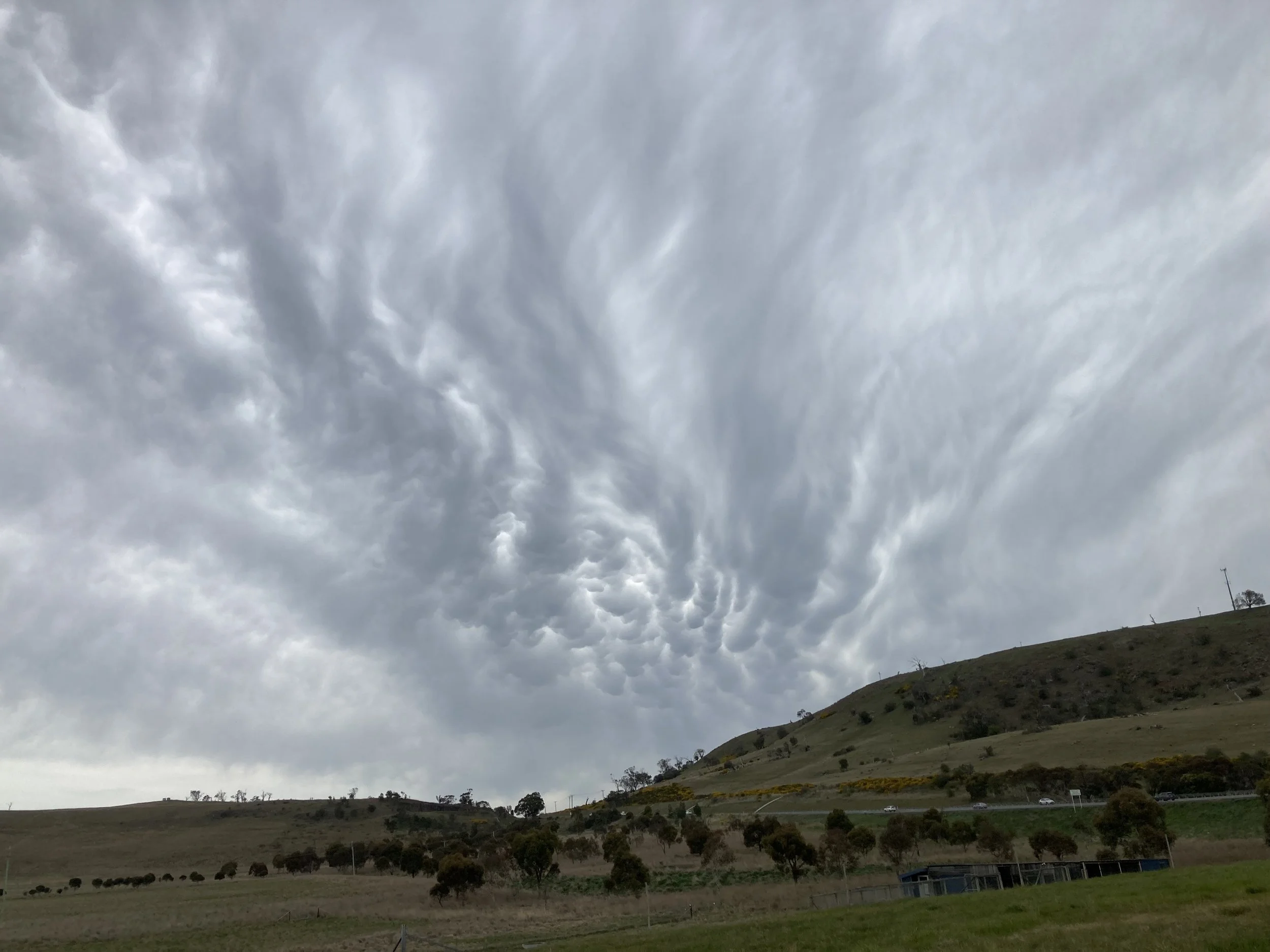The pattern of heat at the ocean surface drives rainfall and evaporation patterns. Where the ocean surface is warmer than the atmosphere above it, evaporation and upward convection create the right conditions for rainfall. Hence, when the Indian Ocean near Australia is relatively warm (called a negative Indian Ocean Dipole), we generally see higher rainfall across Australia as eastward-moving weather patterns bring that moister, warmer air over the continent.
Indian Ocean Dipole
The Indian Ocean Dipole is at a record high value. To quote Dr Suess’s Sleep Book: “This may not seem very important, I know. But it is, so I’m bothering telling you so.” The IOD is an indicator of the distribution of surface temperature in the Indian Ocean. When it’s positive, like now, warm water is pushed up against Africa, and cooler water is found near Australia. This is like a smaller version of El Nino, where warm water is squished up against South America and cooler surface waters are found near Australia.







